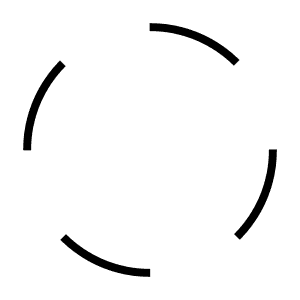Rie Nakajima and Keiko Yamamoto are joined by violinist Billy Steiger and percussionist Marie Roux in a dozen deconstructions of Japanese folk music, for this pacy, engaging debut album. Rie’s baby orchestra of rice bowls, toys, clock workings, balloons and motors is by turns haunted, teased, adorned and laid waste by Keiko’s chanting, rumbling, whispering and stamping on the floor. The production by David ‘Flying Lizards’ Cunningham deepens and spooks the mix, which brims over with energy and wit, intimacy and presence, grace and mystery.
"Suddenly we are closer to music being made than we have been for many years or longer even, so alarmingly close as to feel warmth and discomfort, as if studying the sole of a foot from a few centimetres away or holding a private whisper within an enclosed hand and feeling its trembling desire to be free; but also so far away distant as to feel each vibrant, pungent ingredient within its box or jar or bowl or packet or bottle or air-tight translucent container or brown paper bag painstakingly stirred, shaken, scattered, poured into the heated cauldron of what we call recording, its imaginary rooms and its production, though my better self prefers not to speak about or analyse the notion of ‘the studio’, this being a working up of spaces that are social, a vision of something beyond us but not quite beyond us because its existence as a listening object is real enough to make us pause and question how it was lost or never found." - David Toop
---
Keiko Yamamoto / voice, melodica, flute, recorder, floor percussion, toy dog (1-7, 9-12)
Rie Nakajima / objects, whistles, flute, cards, taisho koto, xylophone, piano, abacus, drain horn (1-12)
Billy Steiger / violin (2,4,7-9,11,12)
Marie Roux / percussion, thumb piano (2,4,7,9,11,12)
---
All composition by Nakajima/Roux/Steiger/Yamamoto apart from Yobu, Hebi, Iroha, Kitsune and Are Kore (Nakajima/Yamamoto) and Futari (Nakajima/Steiger). Words by Yamamoto except 5 and 11. Iroha is a Japanese classical alphabet. Sojarobai is a working song from Miyazaki, Japan. Produced by David Cunningham. Cover image by Marie Roux. Sleeve design by Ayako Fukuuchi.














